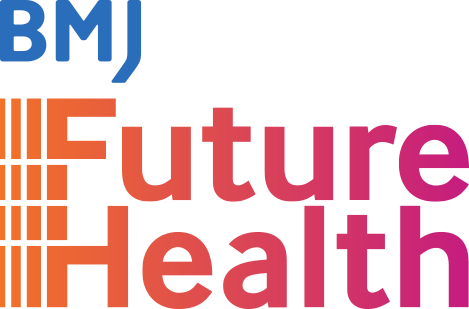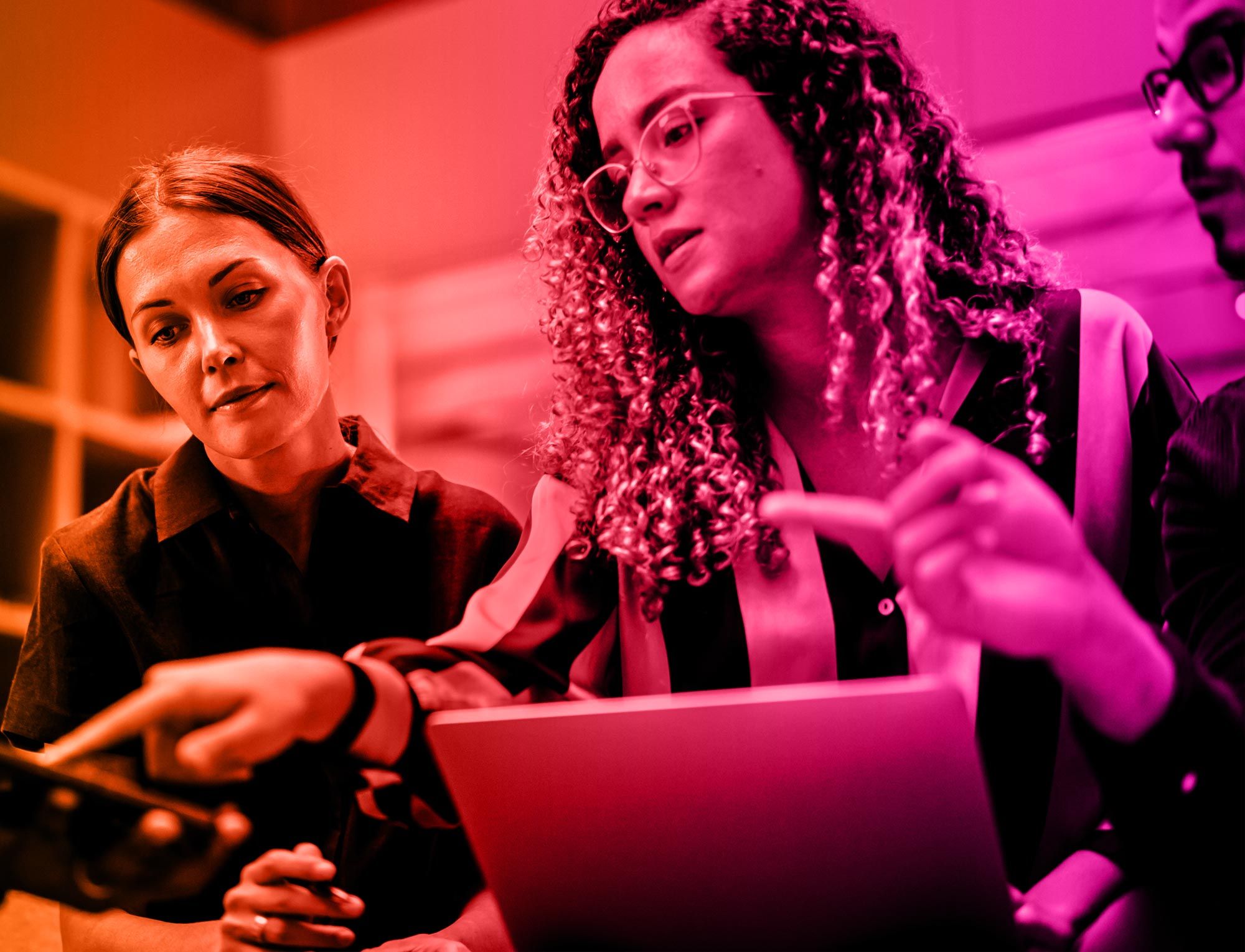How to liberate structures
Fostering inclusivity, enhanced collaboration, and driving innovation in health.
A set of 33 innovative methodologies that foster inclusivity, enhance collaboration, and drive innovation.
This session is being facilitated by Matthew Keks, a Technical Officer Innovation, currently at the World Health Organization.
He will provide insights into how applying structured, human-centric tools can empower conversations within teams and across diverse stakeholders with real-life examples drawing on his work in public health, international policy and development, and the chance to try one or two of the "tools"
Matthew has shared some links to some of the references he made in his webinar:
- Introduction
- Menu
- 15% Solutions
- The emotional journey of creating anything great
- The new zeitgeist: relationships and emergence
Expert: Matthew Keks, Technical Officer Innovation, World Health Organization
Summary of the webinar:
Overview
This webinar explored liberating structures—innovative methodologies that foster inclusivity, enhance collaboration, and drive innovation in healthcare. The session emphasized human-centred design and structured approaches to empower conversations within teams and across diverse stakeholders.
Key Topics Covered
1. The Importance of Innovation in Health Systems
- BMJ Future Health focuses on digital health solutions, workforce support, and innovation to improve patient outcomes.
- WHO’s innovation role is to scale up successful solutions, ensuring they benefit global health systems.
- Healthcare innovation is essential for bridging gaps in access, quality, and affordability.
2. What are Liberating Structures?
- Liberating structures provide structured, participatory methods to engage diverse stakeholders in decision-making.
- They help balance leadership authority while ensuring all voices are heard.
- Key benefits include:
- Breaking down hierarchical barriers in meetings.
- Encouraging collaborative problem-solving.
- Driving meaningful and action-oriented discussions.
3. Interactive Exercises: Success, Evidence & Strategy
The session used interactive tools to engage participants in real-time discussions on innovation in healthcare:
Step 1: Identifying Success
- Participants shared examples of successful healthcare innovations, including:
- AI-driven patient management tools.
- Digital transformation of medical supply inventory.
- Self-administered injectable contraception.
- Using AI to reduce missed outpatient appointments (DNAs).
Step 2: Gathering Evidence of Success
- What made these innovations successful?
- Clinician engagement improved data quality.
- Reduction in expired medical supplies.
- Shorter patient pathway times and improved triage.
- Positive feedback from both staff and patients.
Step 3: Defining Strategies for Future Innovation
- Key takeaways for implementing successful innovations:
- Understand the problem deeply – Gather baseline data and insights before acting.
- Engage end-users early – Clinicians and patients must be involved in the design.
- Test and iterate continuously – Use A/B testing to refine solutions.
- Ensure leadership buy-in – Senior support helps scale up innovations.
- Prioritize solutions based on real needs – Focus on impact over novelty.
4. Practical Applications of Liberating Structures
Challenges in Traditional Meetings & Decision-Making
- The "Hippo Effect" (Highest Paid Person’s Opinion) – Senior leaders often dominate discussions, preventing new ideas from emerging.
- Meetings without structure often lead to no clear outcomes or endless discussions.
How to Improve Meetings & Decision-Making?
- Use interactive tools – e.g., post-it notes or live polling to capture all perspectives.
- Encourage inclusive participation – Ensure input from all levels of staff.
- Balance leadership and collaboration – Leaders should facilitate discussion, not dictate solutions.
- Set clear objectives and time limits – Prevent meetings from going in circles.
5. WHO’s Approach to Scaling Innovation
- WHO focuses on scaling proven innovations rather than just funding early-stage ideas.
- Key strategies for scaling innovation in health:
- Multi-stakeholder collaboration – Governments, private sector, and communities must work together.
- Stronger governance structures – Clear policies ensure successful implementation.
- Capacity building – Training healthcare professionals to adopt innovations.
- Measuring success through data and feedback.
6. Key Takeaways & Next Steps
- Innovation requires structured collaboration – Clear methodologies prevent ideas from getting lost in discussions.
- Inclusivity is crucial for success – Engaging diverse voices leads to better outcomes.
- Meetings should be action-oriented – Avoid discussions that lead to no tangible results.
- Digital health innovations need proper evaluation – Success depends on real-world testing and clinician/patient feedback.
- Leadership should facilitate, not dictate – A balanced approach drives sustainable change.
🚀 "Successful innovation happens when people who want to make a difference connect with those who can help them do it." – Matthew Kecks, WHO


